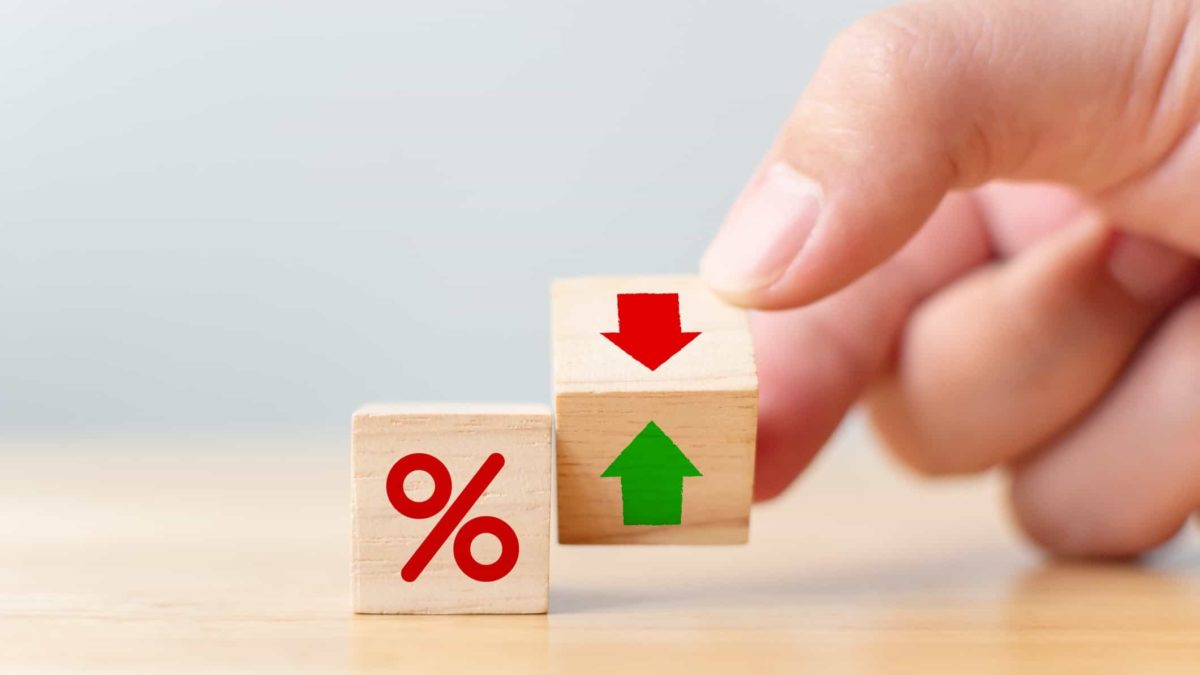Key points
- AMP has brought forward expectations of an RBA rate hike to August from November 2022.
- Strong job numbers increase the chance the RBA will stop its bond buying programs next month, AMP says.
- The RBA says the cash rate will remain at 0.1% until inflation targets of 2–3% are met.
- It forecasts a rate hike no sooner than 2023, but we'll see in its next meeting on 1 Feb.
- The AMP share price is down circa 7% since January 1.
Australia's jobless rate recently plunged to its lowest mark in more than 10 years, prompting economists at AMP Ltd (ASX: AMP) to bring forward expectations of an RBA rate hike in August 2022.
The unemployment rate came in at just 4.2% in the latest statistics, increasing the likelihood of an RBA rate hike earlier than 2023 – the RBA's own forecast – according to AMP.
Economists at AMP join experts at Westpac Banking Corp (ASX: WBC) who yesterday brought forward expectations for a rate increase in August from February 2023. Let's take a look.
What's AMP saying about interest rates in 2022?
Given the strong employment numbers, there is a high chance the RBA will revert its quantitative easing programs in February, AMP says.
For instance, data showed that full-time roles increased by a total of 41,500 while the number of part-time roles grew by 23,300.
Number of hours worked also increased by 1%, signalling an increase in productivity on the participation front.
All of this pushed the unemployment rate down to just 4.2% – its lowest level since 2008 – after peaking above 7% in 2020.
The RBA is scheduled to meet on 1 February, and the minutes won't be conveyed until the following day, so we won't know for sure the outcome on the cash rate and inflation until then.
However, economist Diana Mousina from AMP Capital Markets reckons the jobs report provides ample stimulus for the central bank to taper its bond-buying programs.
"These numbers definitely increase the likelihood of the RBA abandoning bond buying next month", Mousina said in a research note on Thursday.
Not only that, but they also "increase the likelihood of the RBA hiking rates earlier", she noted, subsequently bringing forward AMP's expectations of a rate increase to August in doing so, 2 months ahead of previous forecasts.
The RBA disagrees with Mousina in language from its most recent meeting last month. Governor Dr Philip Lowe remained adamant that the cash rate will remain stagnant at 0.1% until inflation targets of 2–3% are met.
It expects any changes to the cash rate and therefore the level nominal interest rates to occur no sooner than 2023.
However, AMP is joined by Westpac chief economist Bill Evans, who yesterday brought forward expectations of when the RBA will tighten interest rates.
Evans now expects the RBA to begin tightening in August as well – ahead of previous estimates in February 2023 – amid inflation risk and strong employment data.
Economists at both firms expect the RBA to start the first hike in August with a 15 basis points raise, which AMP reckons will lift the cash rate to 0.25%.
The market will know more after the RBA meets in February and Dr Lowe presents his speech the day after.
How's the AMP share price performing so far in 2022?
As seen on the chart below, the AMP share price (blue) has a lot of catching up to do in order to break even from the benchmark S&P/ASX 200 Index (ASX: XJO).
In the last 12 months, it has slipped more than 40% into the red, after diverging from the market back in February 2021. Trading at such a discount to the benchmark begs the question of opportunity cost when one can simply purchase an ETF tracking the broad index.

The trend has continued this year to date, where AMP has largely matched the benchmark in direction and volatility, however, it leads the index in losses, down 7% since January 1.










